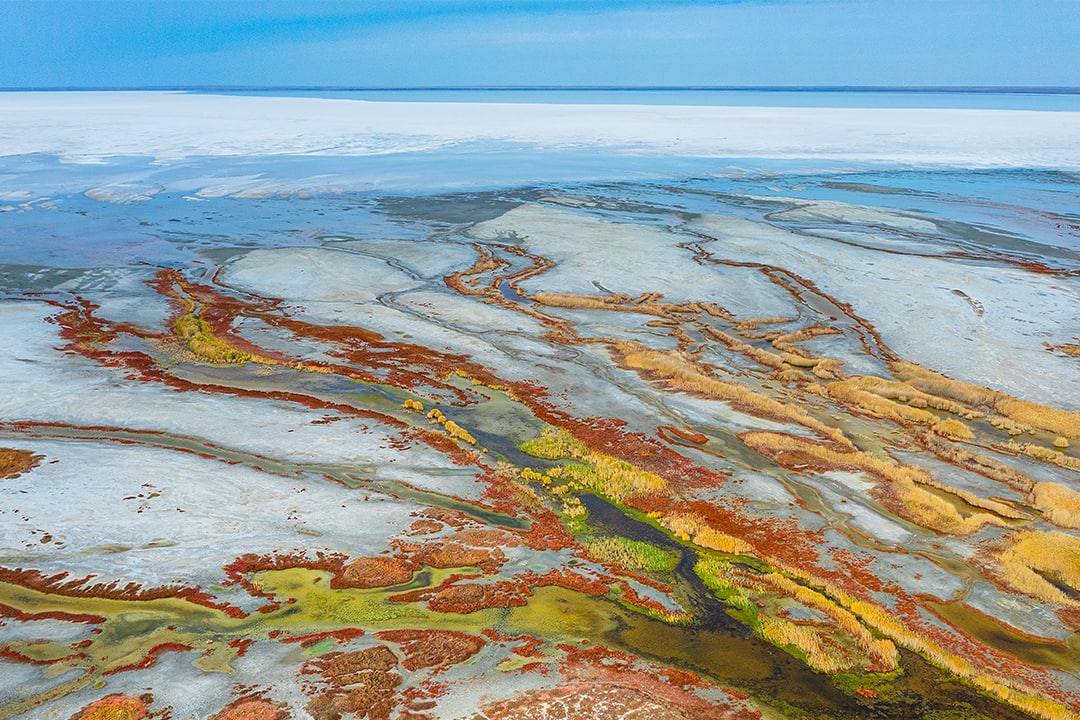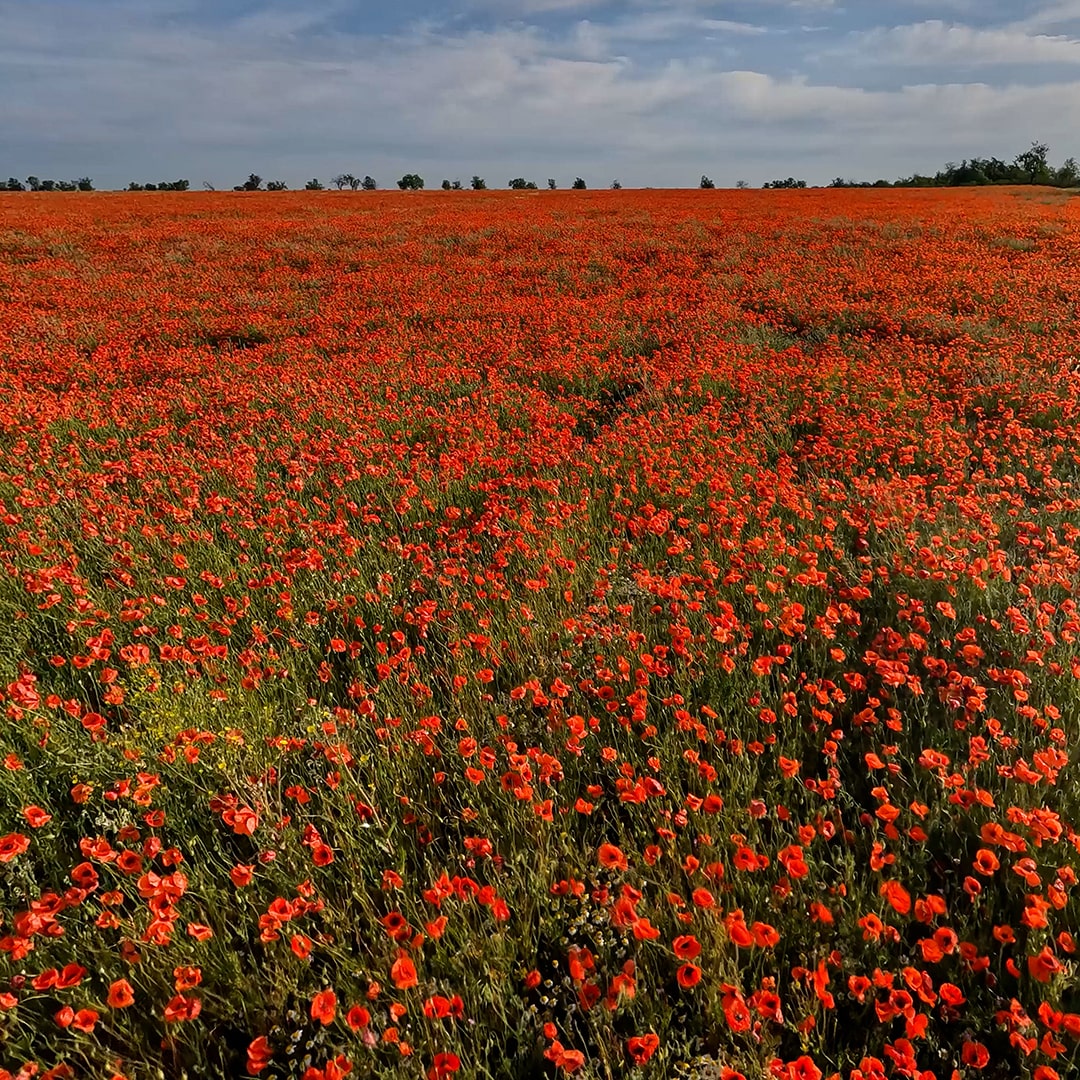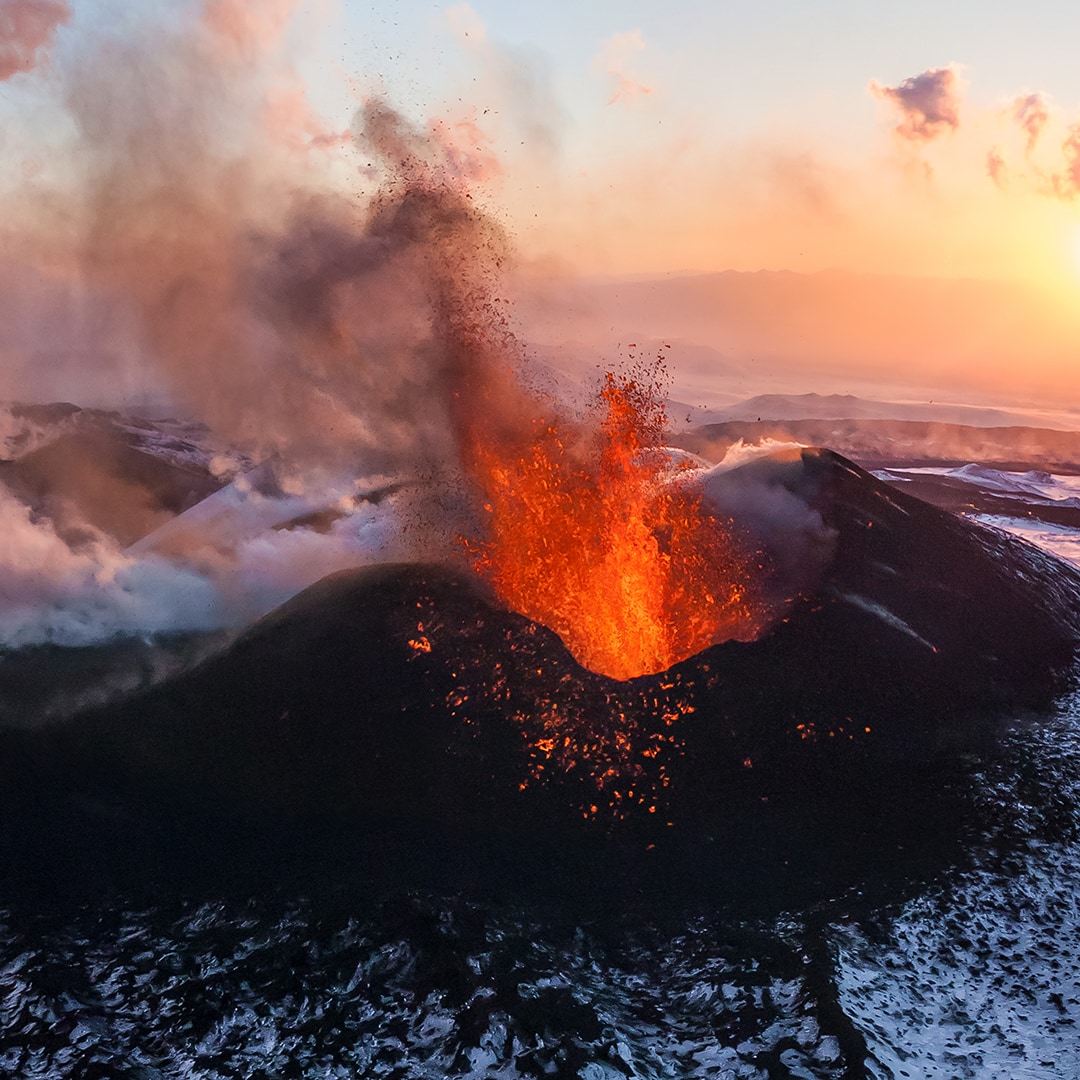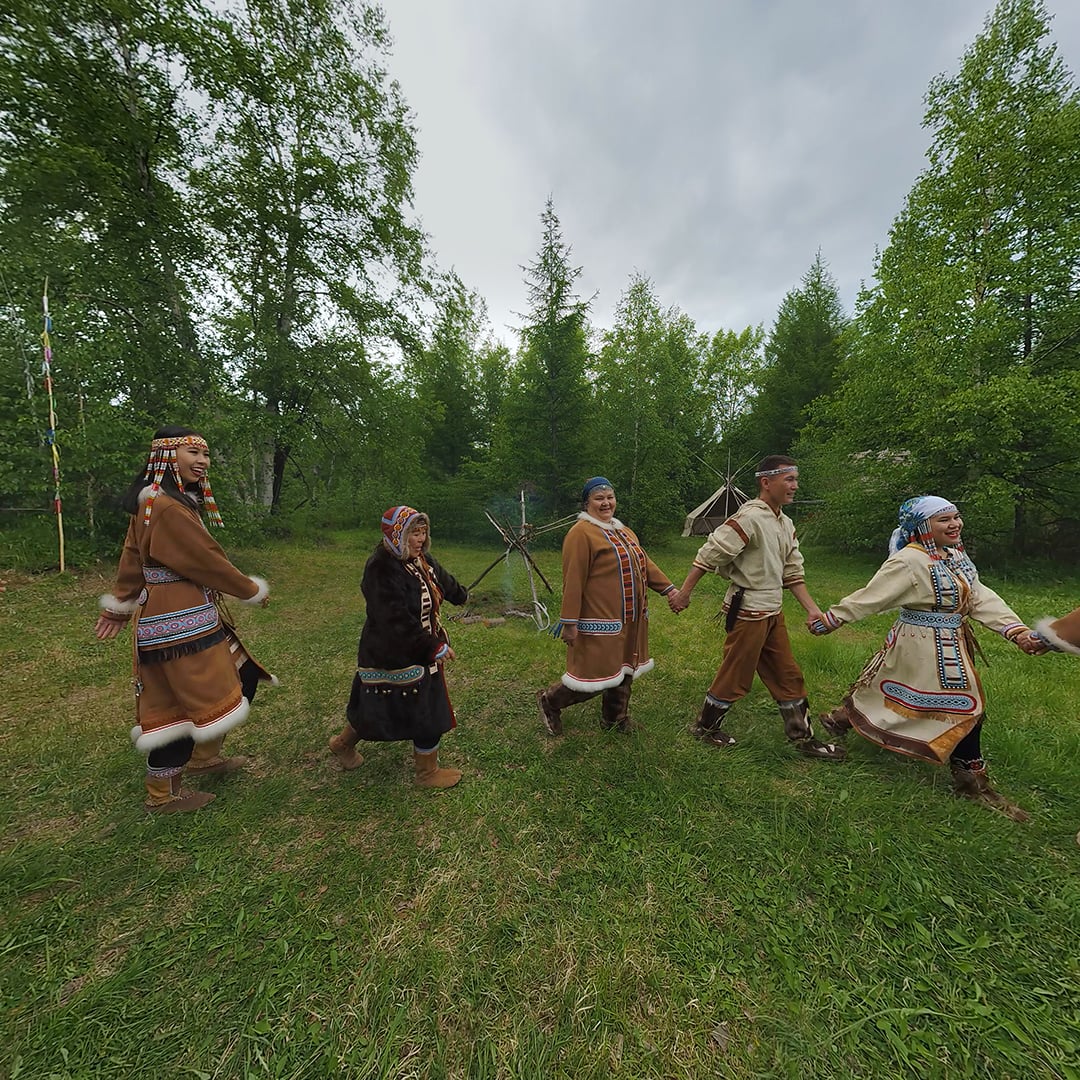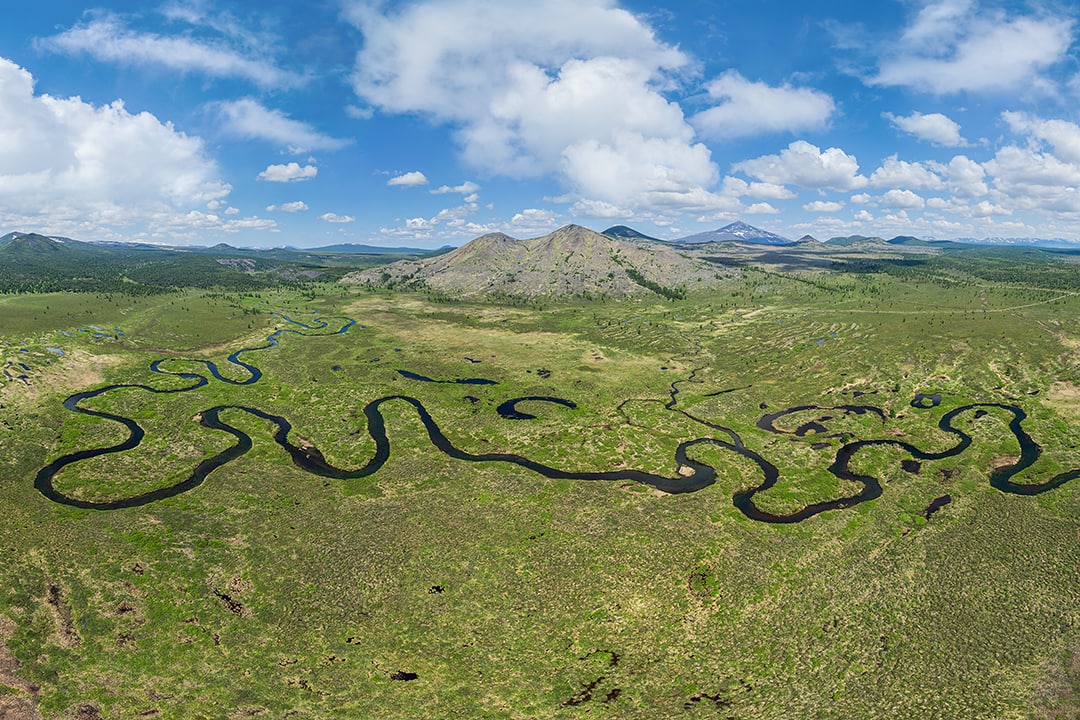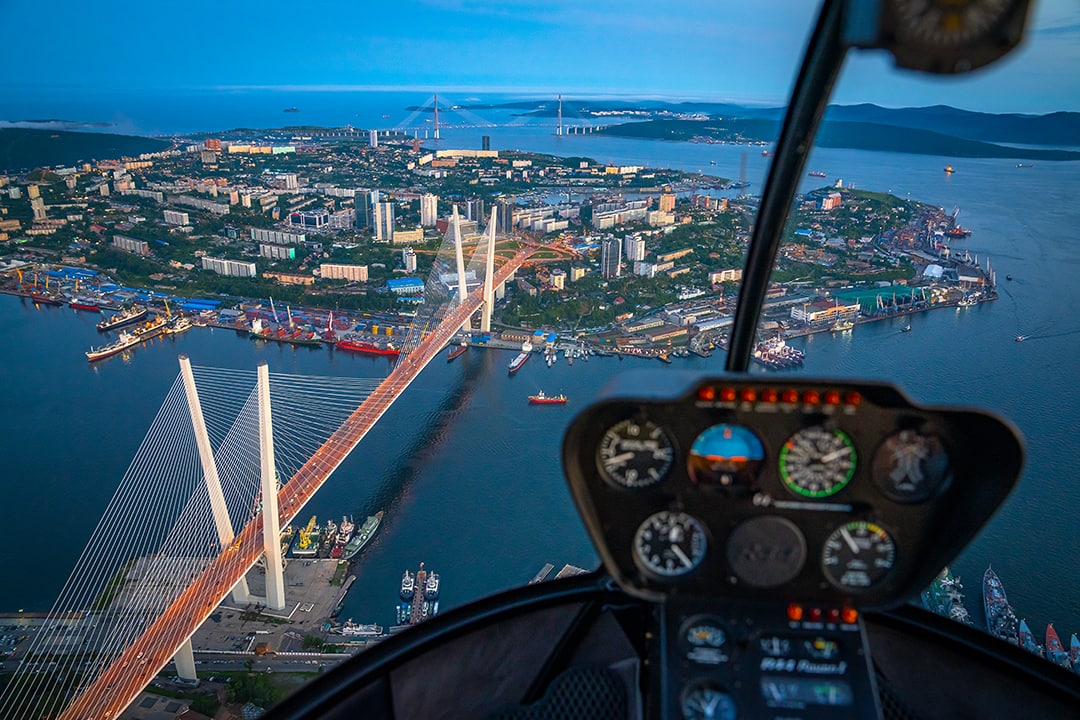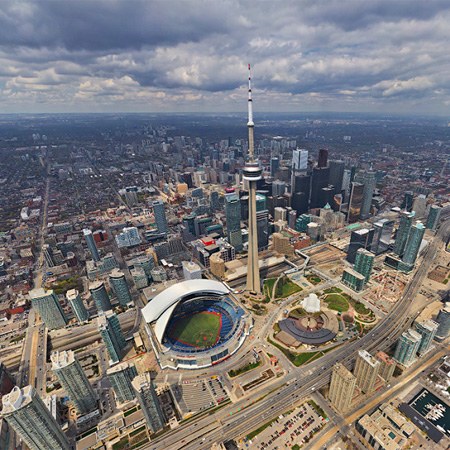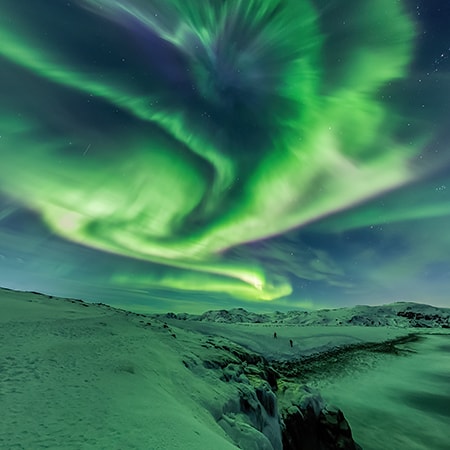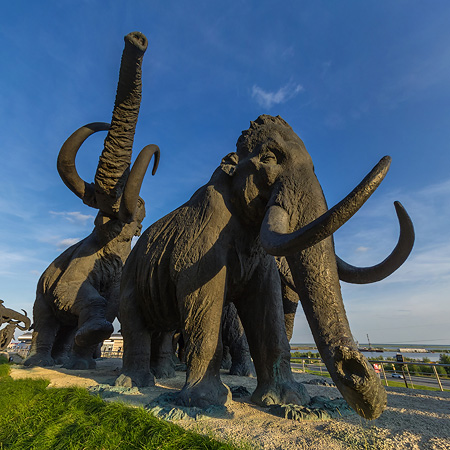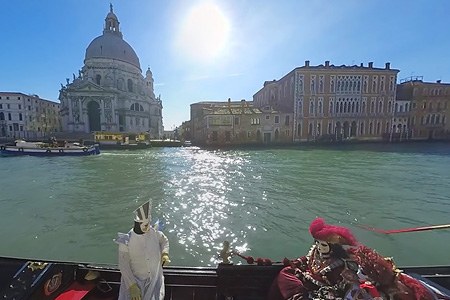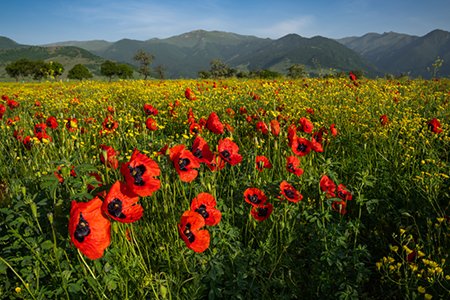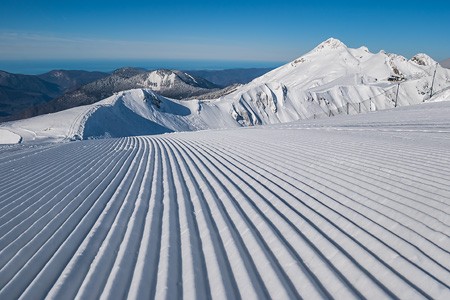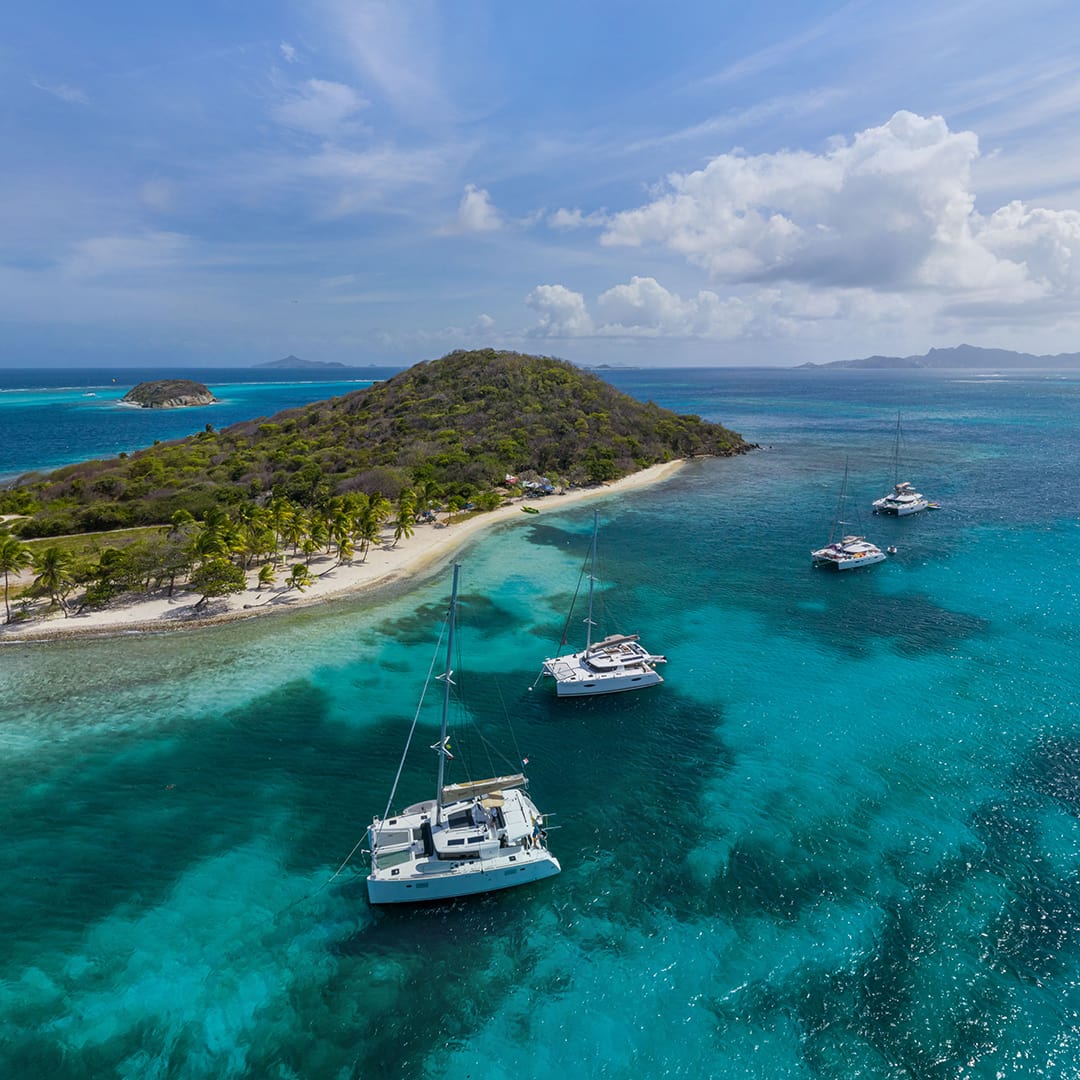Salt Lake Elton
The northern Caspian Depression of the Volgograd Region, Russia, is home to a drainless salt lake called Elton. It is almost perfectly circular, and a virtual walk with AirPano proves it!
The lake is 15 m (49 ft) below sea level. It is 18 km long and 13 km wide and has an area of 1 640 km2 (633 mi2). The lake is fed by meltwater, so it is deepest, down to a meter and a half (4.9 ft), in spring, while in summer it is almost dried up, and even the seven mineral streams flowing into the lake are unable to raise the water level.

Salt has been a valued commodity at all times and has been mined here for centuries. The microalgae that saturate the water give it a red color, so the salt becomes multicolored: pink, crimson, and purple. Nomadic peoples called the lake Altyn-Nor, which means "golden bottom": the sun's rays change color from golden to scarlet, and the crystals sparkle like gems. And this is one of the explanations for the name of the lake. Alternatively, it could also have been named after English Lieutenant Elton, a member of Vasily Tatishchev's Orenburg expedition to explore the steppe regions of Russia.

The lake has been considered holy and healing since the dawn of time. Legend has it that Tengri Khan, god of heaven, comes down here from time to time to prolong his eternal youth. The story has a rationale behind it: the water and mud of Lake Elton are rich in healthful elements and can rival the therapeutic clay of the Dead Sea. Moreover, the salt concentration here is even higher, which means that the water is even "denser"!

Elton's unique salt has always been valued above regular salt: it is known that at least 100 poods (3,611 lb) were sent to the court of Catherine II each year! The first mud and balneotherapy resort was opened on the shores of the lake in 1910, and a few decades later, a sanitarium (which is basically a Russian health spa) of the same name began operating nearby. Then the entire area became part of the Eltonsky Nature Park; in addition, the lake is listed as a biosphere reserve on the UNESCO World Heritage List. The water body is the largest mineral lake in Europe. In the surrounding virgin steppes you can meet golden eagles, eagles, cranes, saigas, badgers, Pallas's cats, and other wildlife.

Let's enjoy this amazing creation of nature - a habitat for many birds and animals, a healing place for humans, and an incredibly picturesque landscape!

Photos by Sergey Semenov and Stas Sedov
17 June 2022
Read more
360° Video


